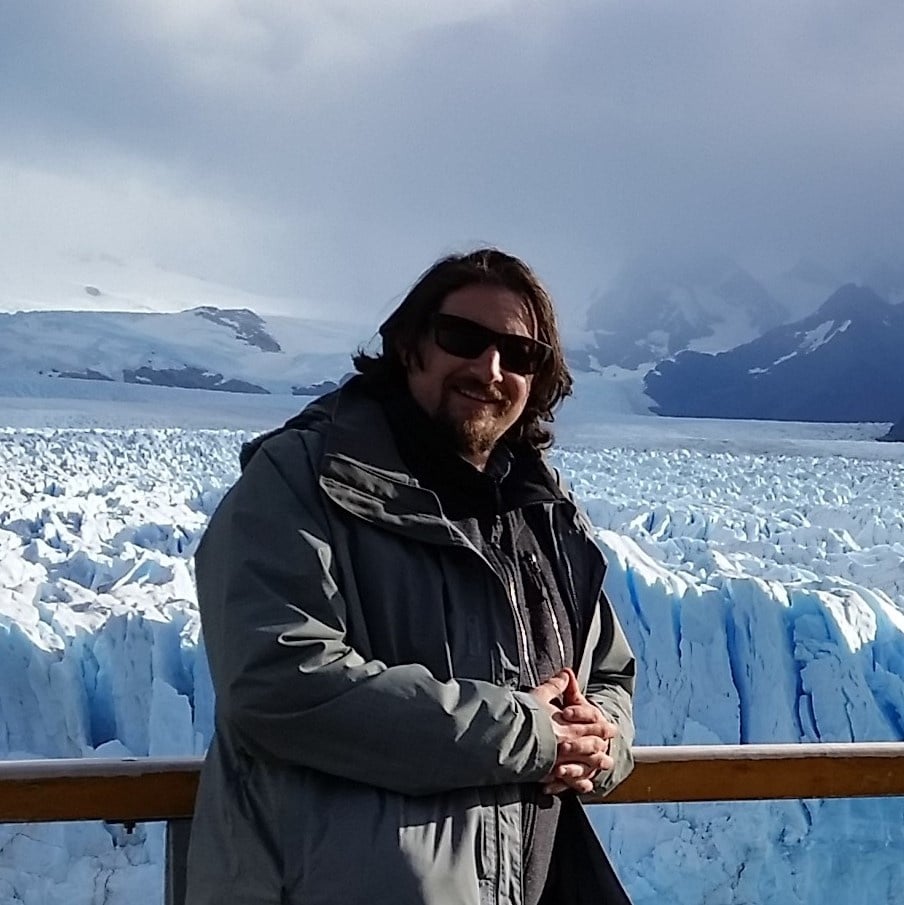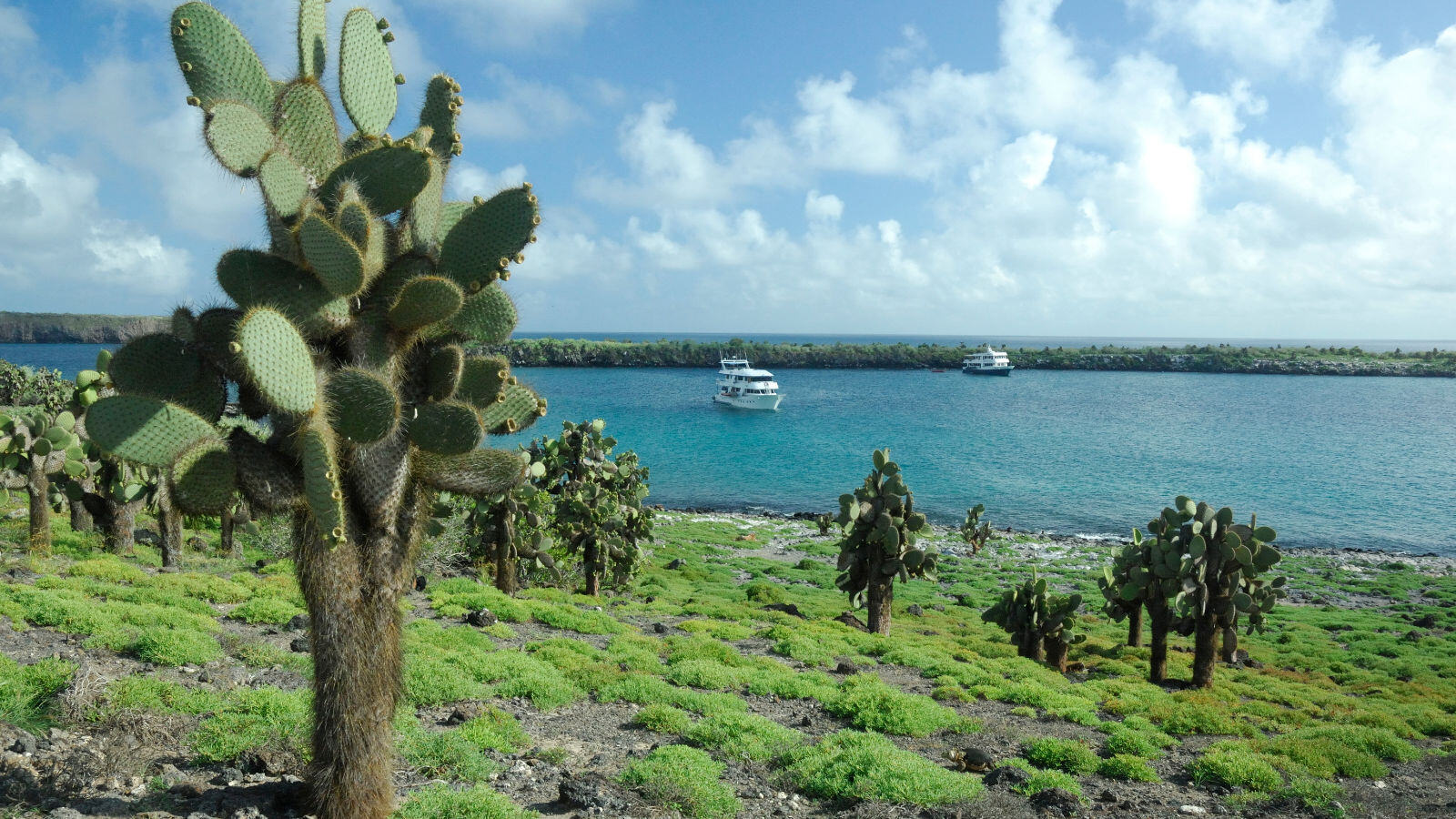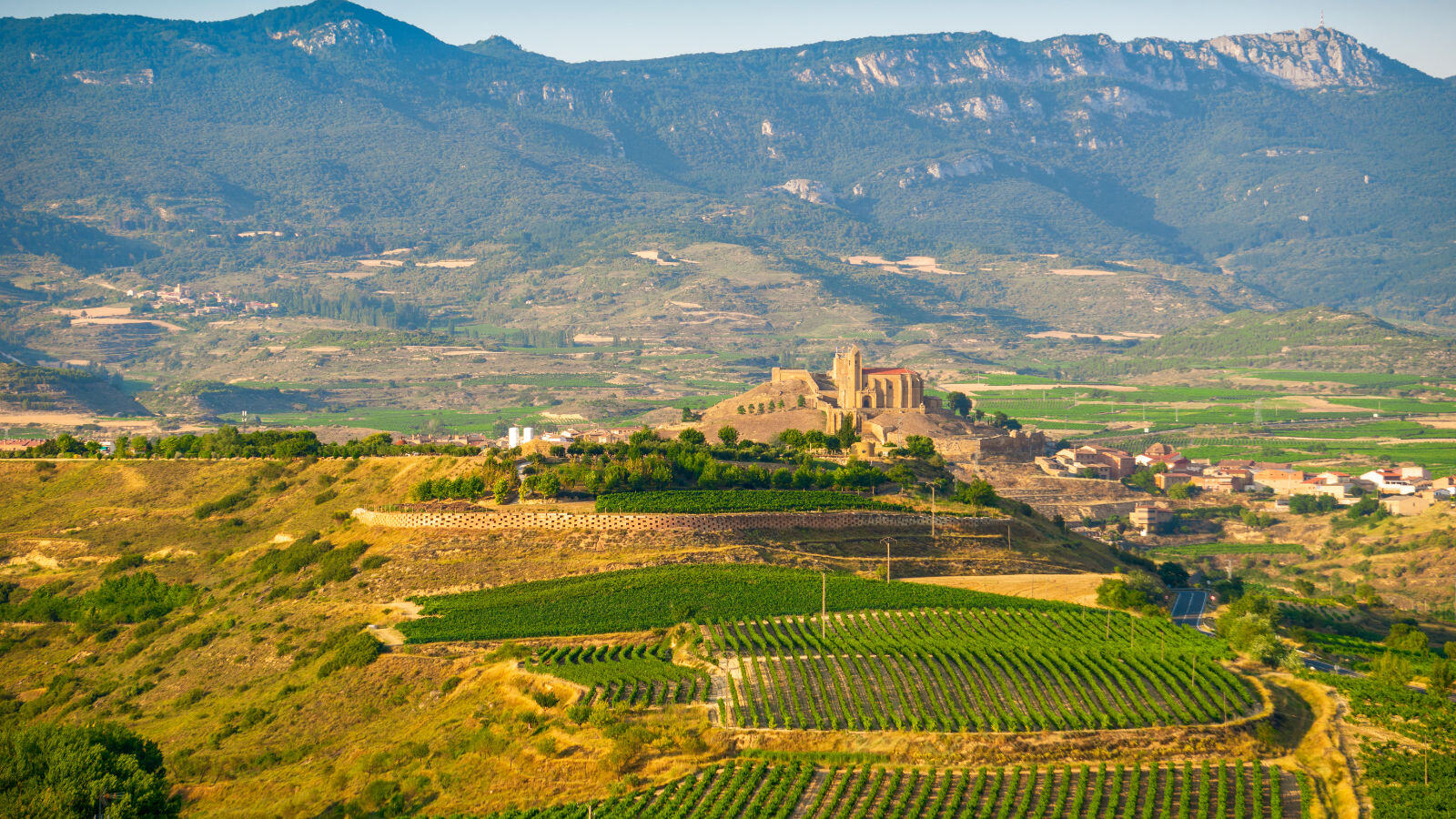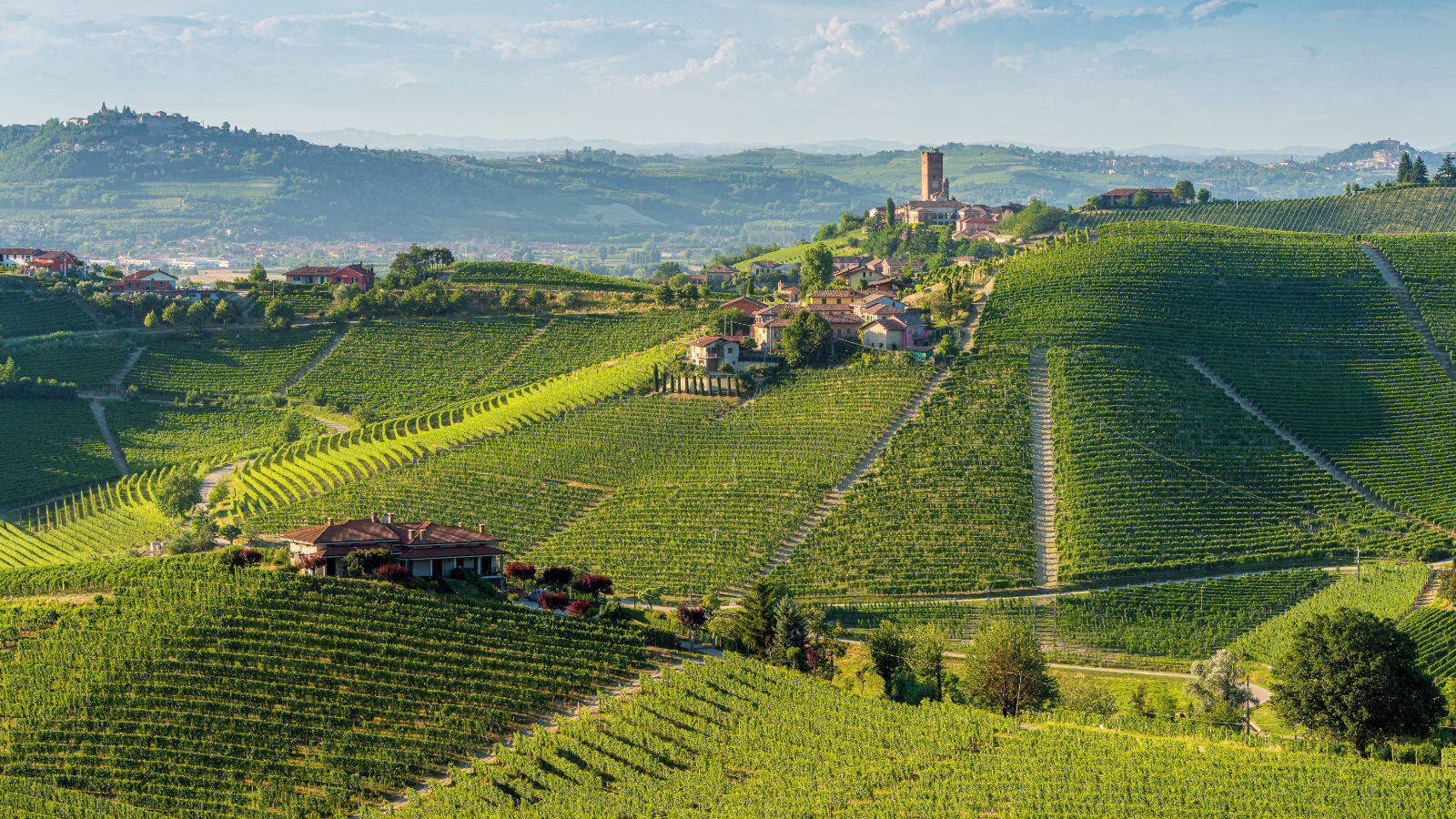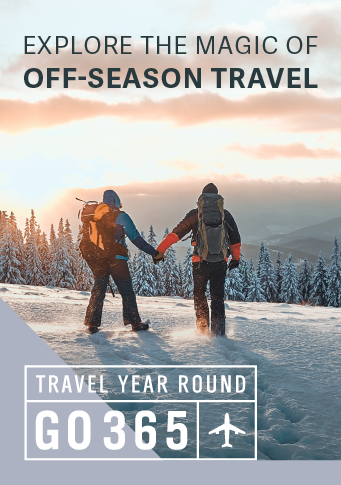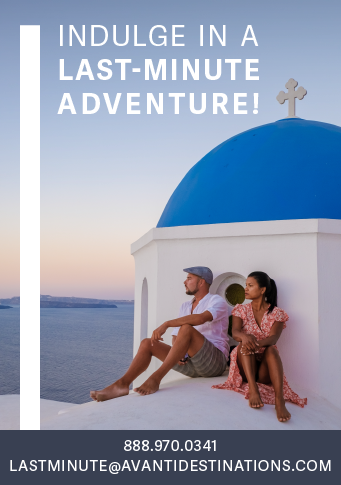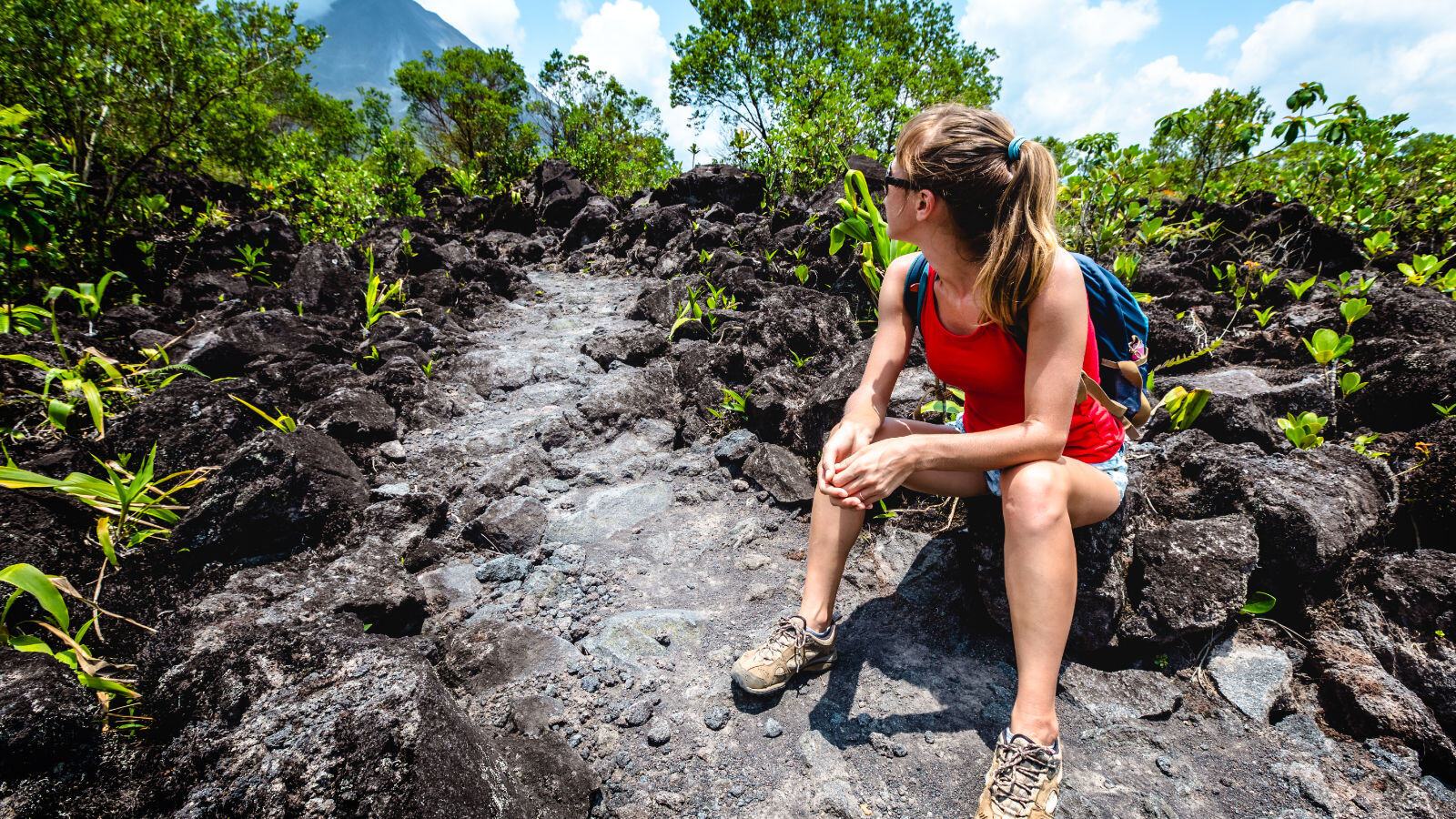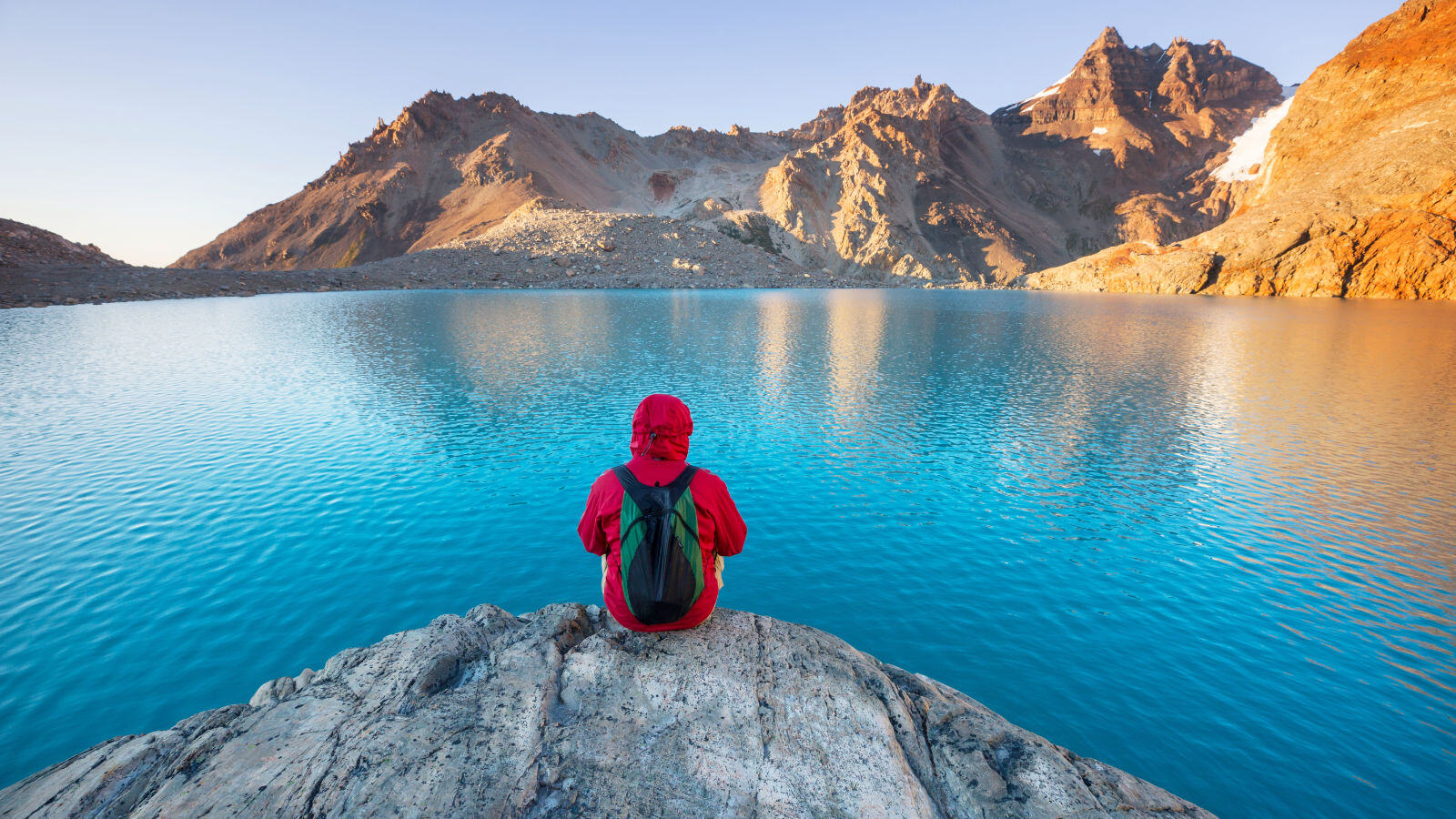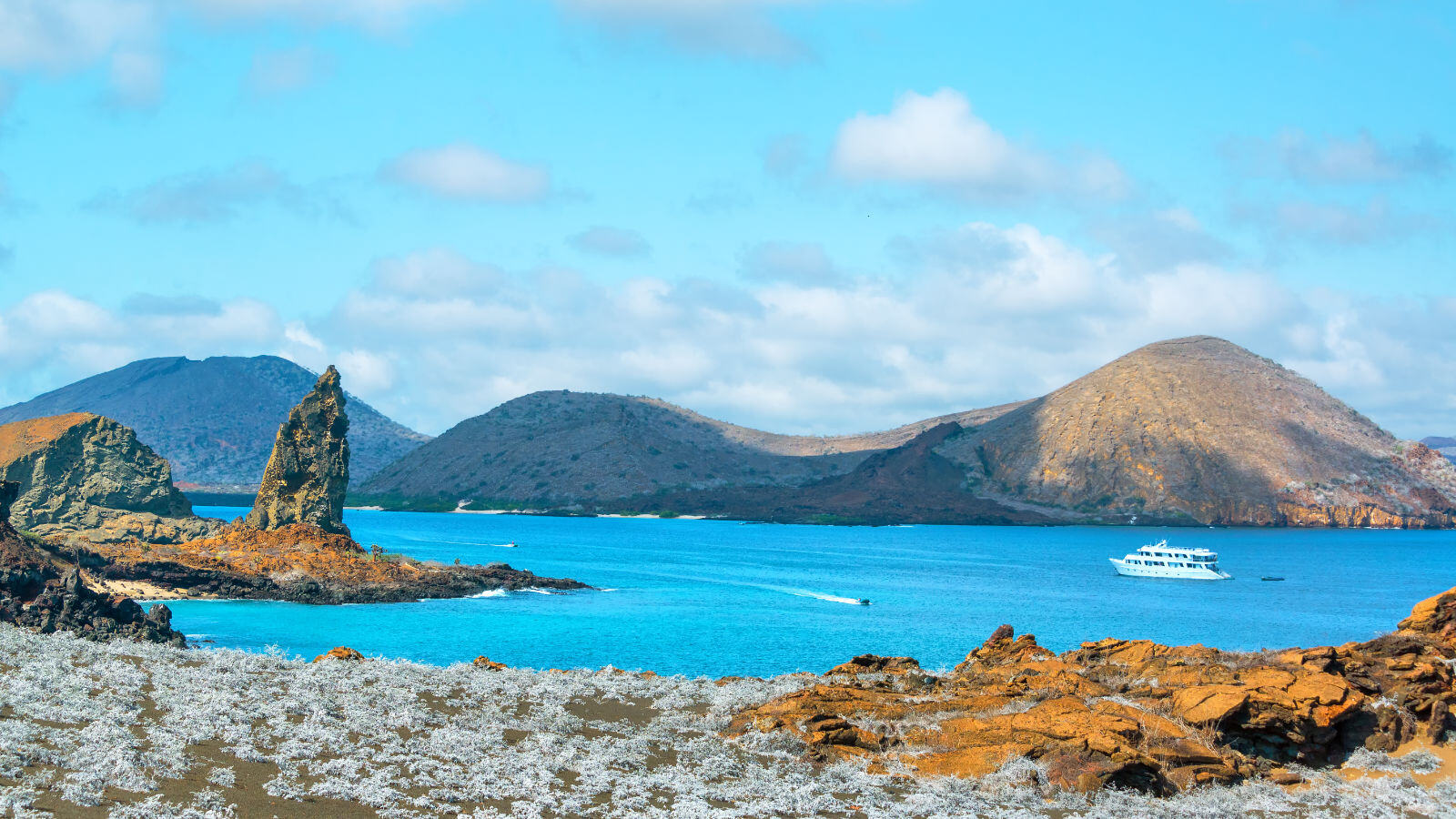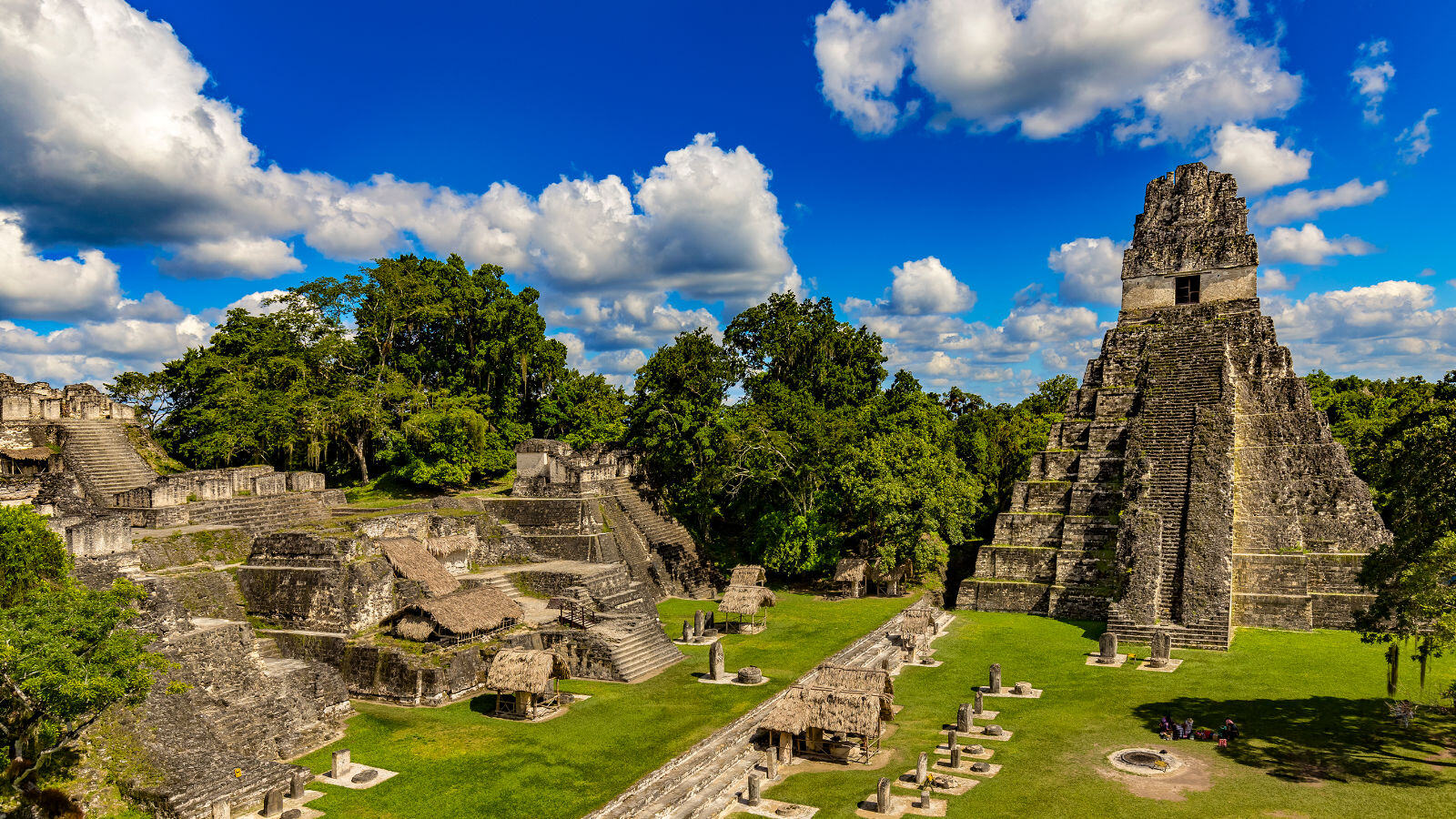I was ecstatic to explore the Galapagos Islands for the first time this past month. Famous for up close and personal wildlife watching and stunning landscapes, the Galapagos Islands has always been a dream destination for me. The journey to the archipelago begins in either Quito or Guayaquil. It’s always best to spend 2 nights on the Ecuador mainland to make absolutely certain that you don’t miss your cruise departure due to unforeseen flight delays.
The journey to the archipelago begins in either Quito or Guayaquil. It’s always best to spend 2 nights on the Ecuador mainland to make absolutely certain that you don’t miss your cruise departure due to unforeseen flight delays.
Quito is a UNESCO World Cultural Heritage Site and a wonderfully diverse city boasting rich tradition in old town, superb museums, and nearby natural wonders including the Cotopaxi volcano, Mindo cloud forest, and Papallacta hot springs. The Otavalo Handicraft Market is another memorable day trip, just 1.5 hrs from the city.
Guayaquil has less fanfare but recent investment has really cleaned up the Malecón (waterfront) and the seafood is scrumptious. I highly recommend visiting the art district of Barrio Las Peñas, where you can enjoy colorful architecture and exhibits from local artist
THE GALAPAGOS – 6 Day / 5 Night Central Eastern Islands
DAY 1 – Transfer to the Galapagos & Santa Cruz Island
I was met at the Quito airport by a representative from the cruise who helped with my bags. He quickly took me to the preferred Avianca line and I was checked in within minutes. The friendly cruise rep handed me a packet with a day by day itinerary, my tourist ticket and confirmation of payment for my National Park entrance.
The Seymour Airport on Baltra Island was designed and built with focus on the airport’s relationship with the natural environment, which is why it’s considered one of the only ecological airports in the world.
The airport is located on the island of Baltra, which is the only island that is not a part of the national park. My first of many wow moments happened as we were taking the bus from the airport to the ferry where you cross over to the “hub” of Galapagos - Santa Cruz Island. As we slowly came upon a corner, I heard a gasp from the front of the bus and my eyes immediately shot up towards the south window. The water color was out of this world and is difficult to describe. It was this majestic surreal turquoise that left us all speechless.
We crossed the ferry and drove 45 minutes to the city of Puerto Ayora, where most Galapageños live and most hotels are located.
The contrast between the north face and south face of Santa Cruz is striking. The north is dry and sunny with small shrubs as ground cover. Immediately crossing the sierras, the flora changed to a lush green color and a light mist floated down from the scattered cloud cover.
Upon arrival in Puerto Ayora, we took the dingy out to the ship and met the full crew including our wonderful guide Harry.
Harry is a 3rd generation Galapageño. He’s been guiding for 22 years and it was clear from the outset that he was incredibly knowledgeable. One of the guests asked him about the mist and like a college meteorology professor, he dived into a 5 minute explanation about the water table, evaporation, and how the water is desalinated.
After the briefing, we were shown our cabins and I couldn’t have been happier. Each cabin was extremely spacious with stylish and modern furnishings and decorations as well as a private balcony. I walked up to the beautiful sun deck and took a few moments to gather my thoughts and fully appreciate what I was experiencing.
DAY 2 – South Plaza Island & Santa Fe Island
Located immediately east of Santa Cruz Island, South Plaza Island is the home to many Sea Lions and endemic birds. You are welcomed to the island at the shoreline by the alpha male, who is currently the boss. The remaining male Sea Lions are biting their time and healing their wounds about 100 meters up the hill.
We took a short hike past the “loser” Sea Lions and walked along the cliff edge. The frigates, gulls, boobies all seemed to be playing with the wind as they circled along the cliff side. They elegantly caught the wind to gain vantage points for viewing possible meals down below in the sea.
Two hours travel to Santa Fe Island and we arrived at a stunning turquoise bay for our first snorkeling trip. Harry warns us that the water is quite cold in September at about 70°F. The cold season (May – Nov.) brings stronger winds and choppier seas. However, the unique cross currents of cold and warm waters attract an abundance of marine life. The humid season (Dec. – Apr.) offer warmer and calmer waters with more wildlife mating.

The snorkeling was spectacular. We saw diverse marine life including giant Sea Turtles, Sea Lions, colorful smaller fish and a close encounter with a 7 ft. Galapagos Shark.
After lunch I returned to the waters for some kayaking in the bay of Santa Fe. The Sea Lions came up to the side of the kayak and began playing with our ores. I’d never seen animals in the wild act so curious and playful.
En route from Santa Fe to San Cristobal, a group of floating frigate birds and a pair of endemic Albatross flew above us for most of the trip. Suddenly a huge school of Bottle Nose Dolphins appeared at the front of the ship. One of the more athletic dolphins leaped about 10 ft. out of the water and did an incredible ½ spin. I looked at the couple next to me and not knowing what else to do, we just burst out in amazed laughter. I still can’t believe what we witnessed.
To hear about the last few nights of my amazing adventure in the Galapagos, click here!
